Bridging Silos: What is the Critical Role of Seamless Integration in Agile Monetization
Blulogix
FEBRUARY 9, 2024
As companies delve deeper into subscription models and agile monetization platforms , the necessity of integrating disparate processes—from sales and marketing to finance and customer support—becomes unmistakably clear. This operational efficiency ensures that resources are optimized and focused on strategic initiatives.

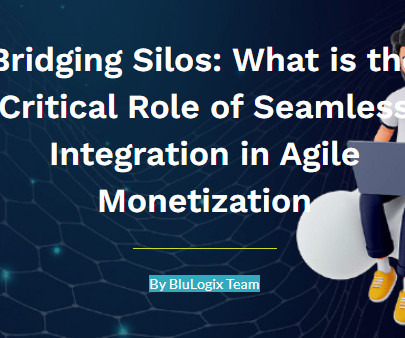

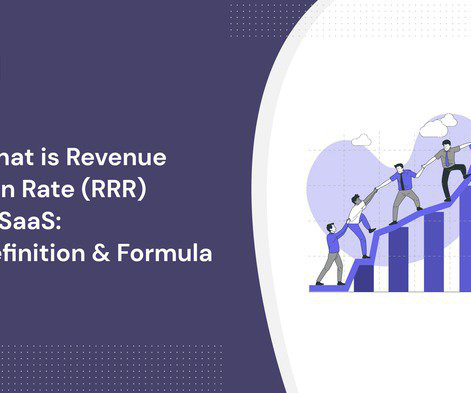


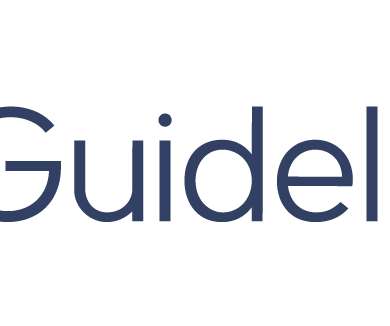

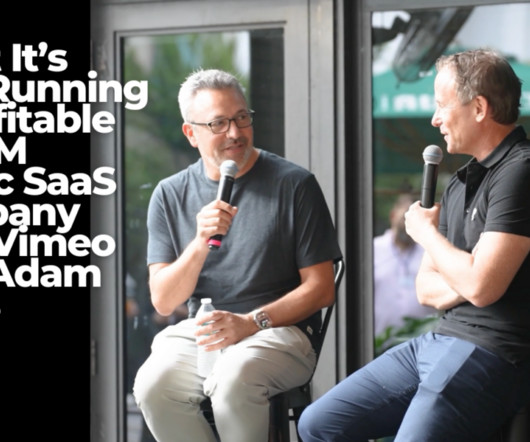
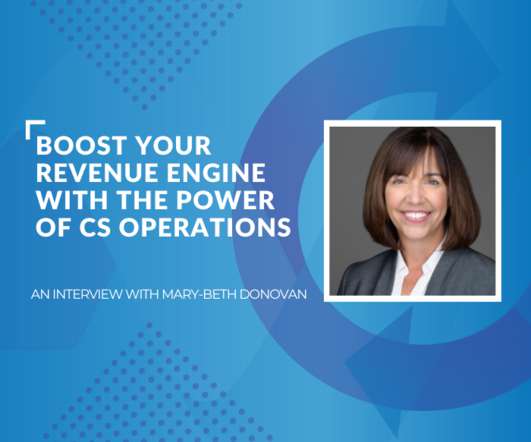
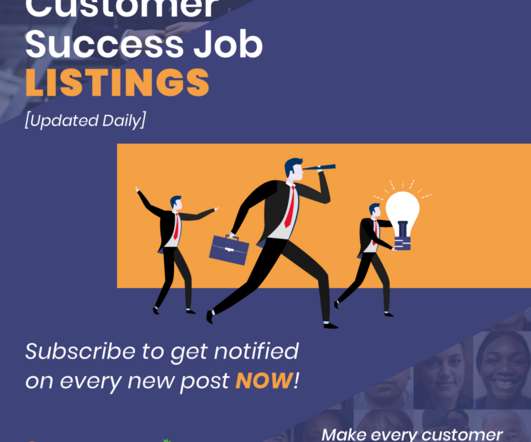
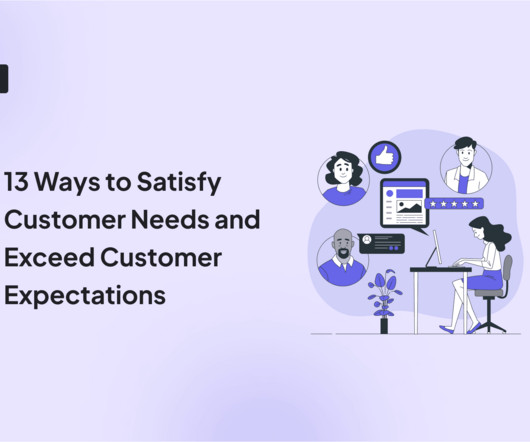









Let's personalize your content